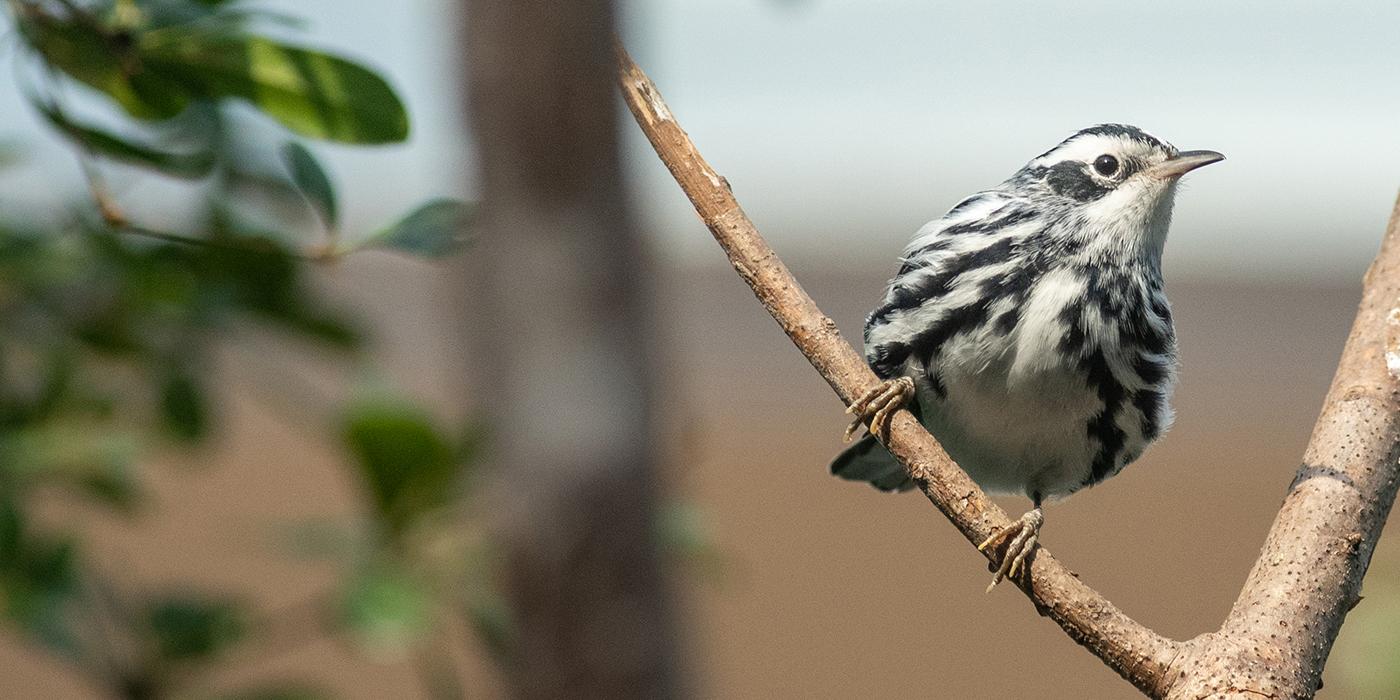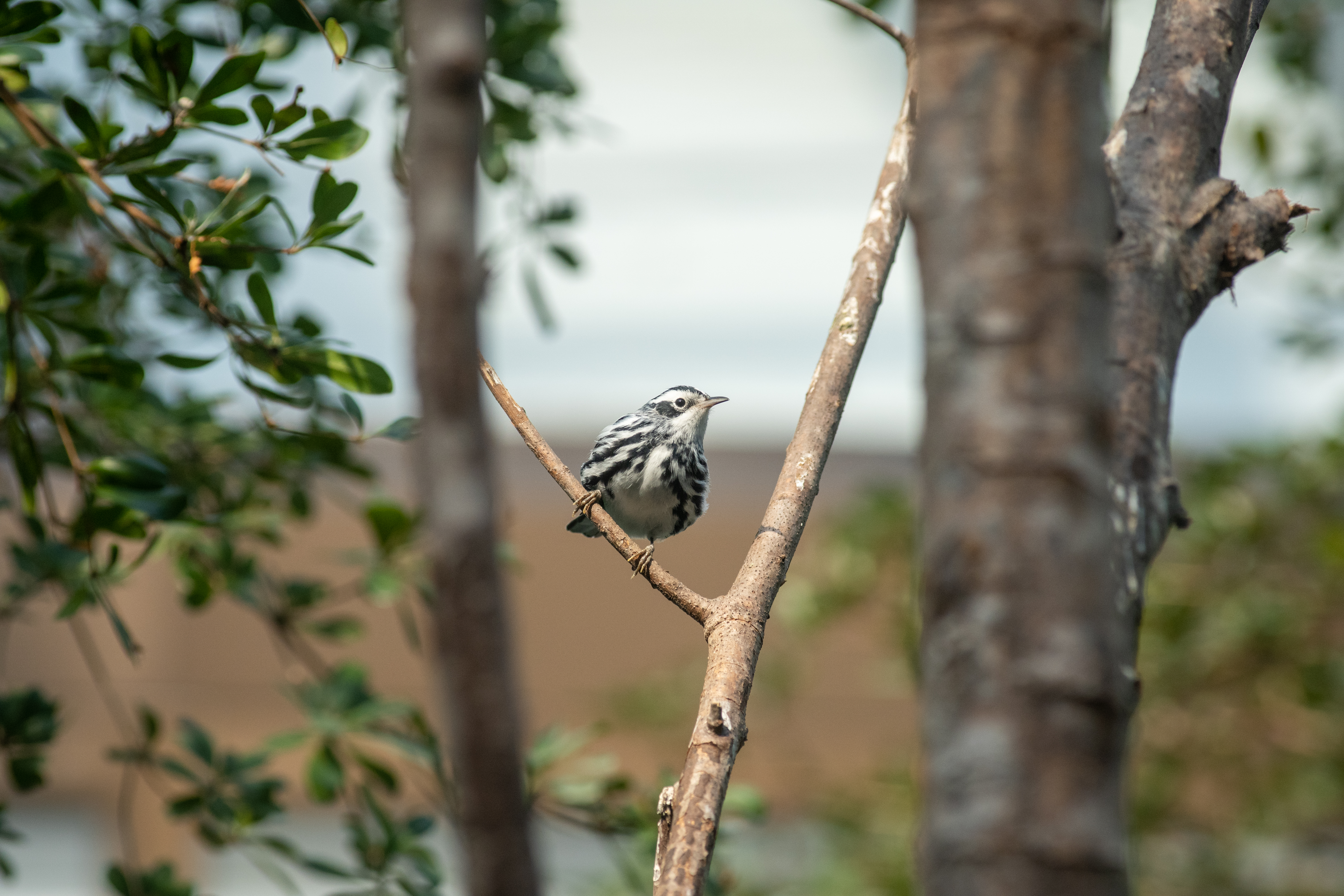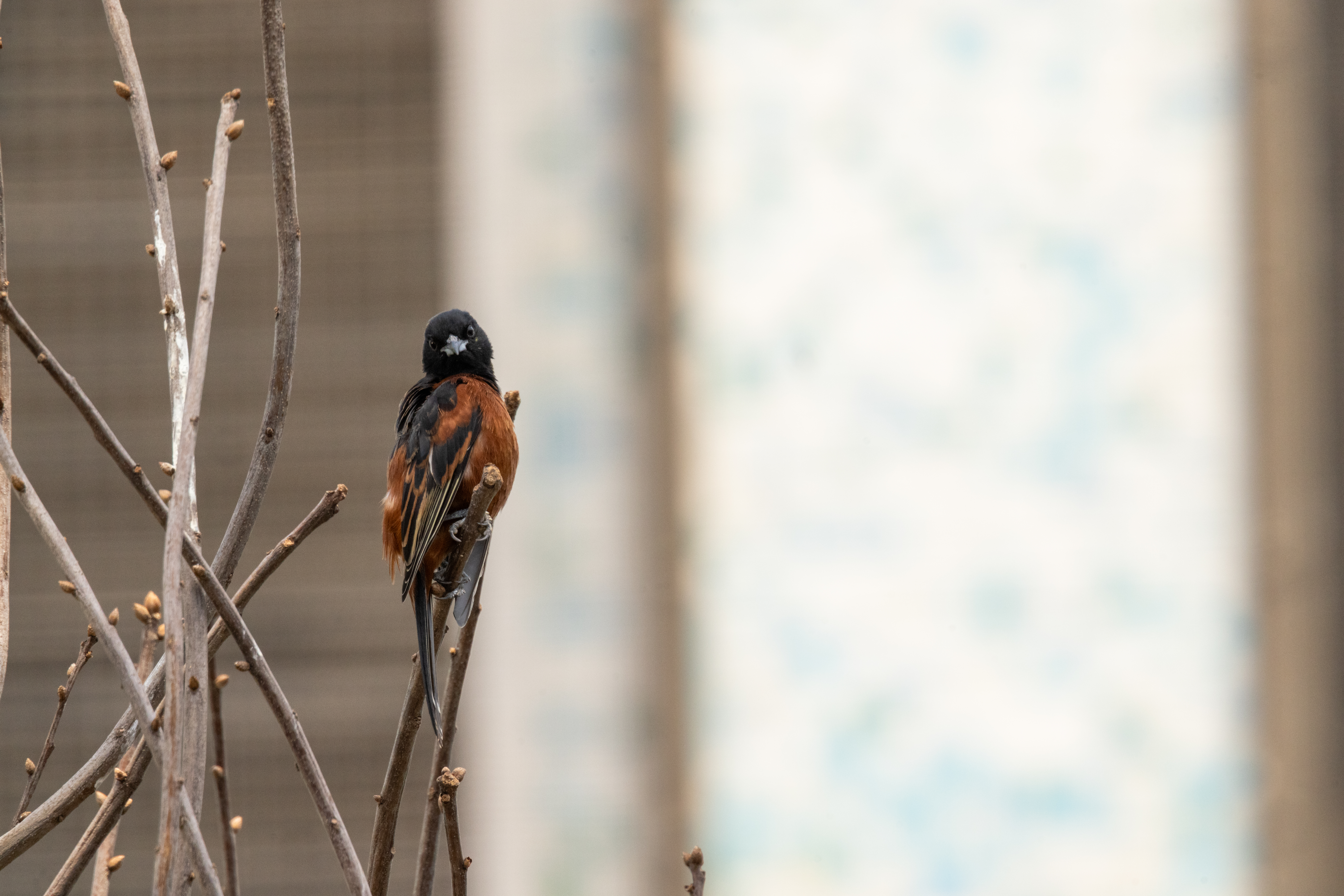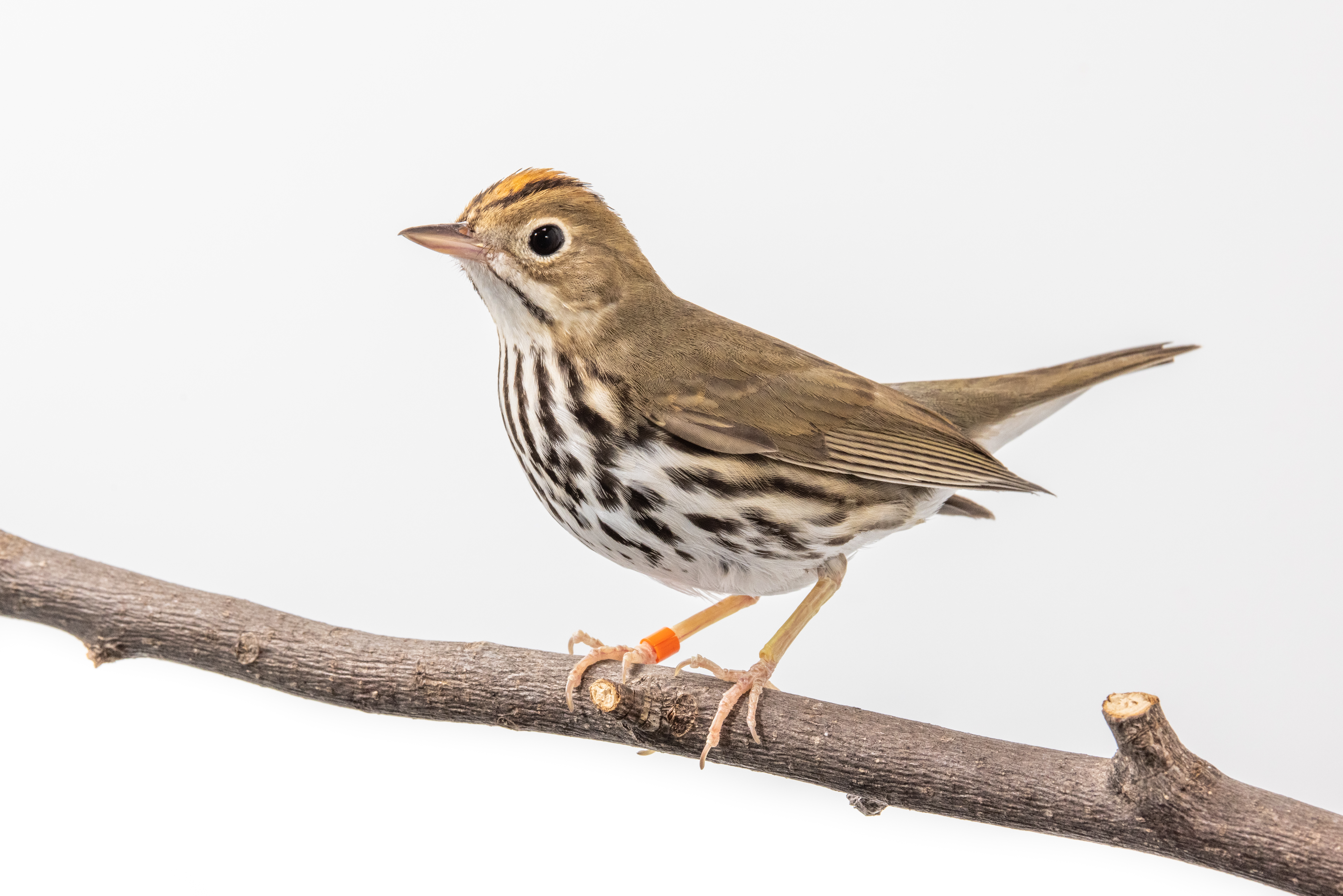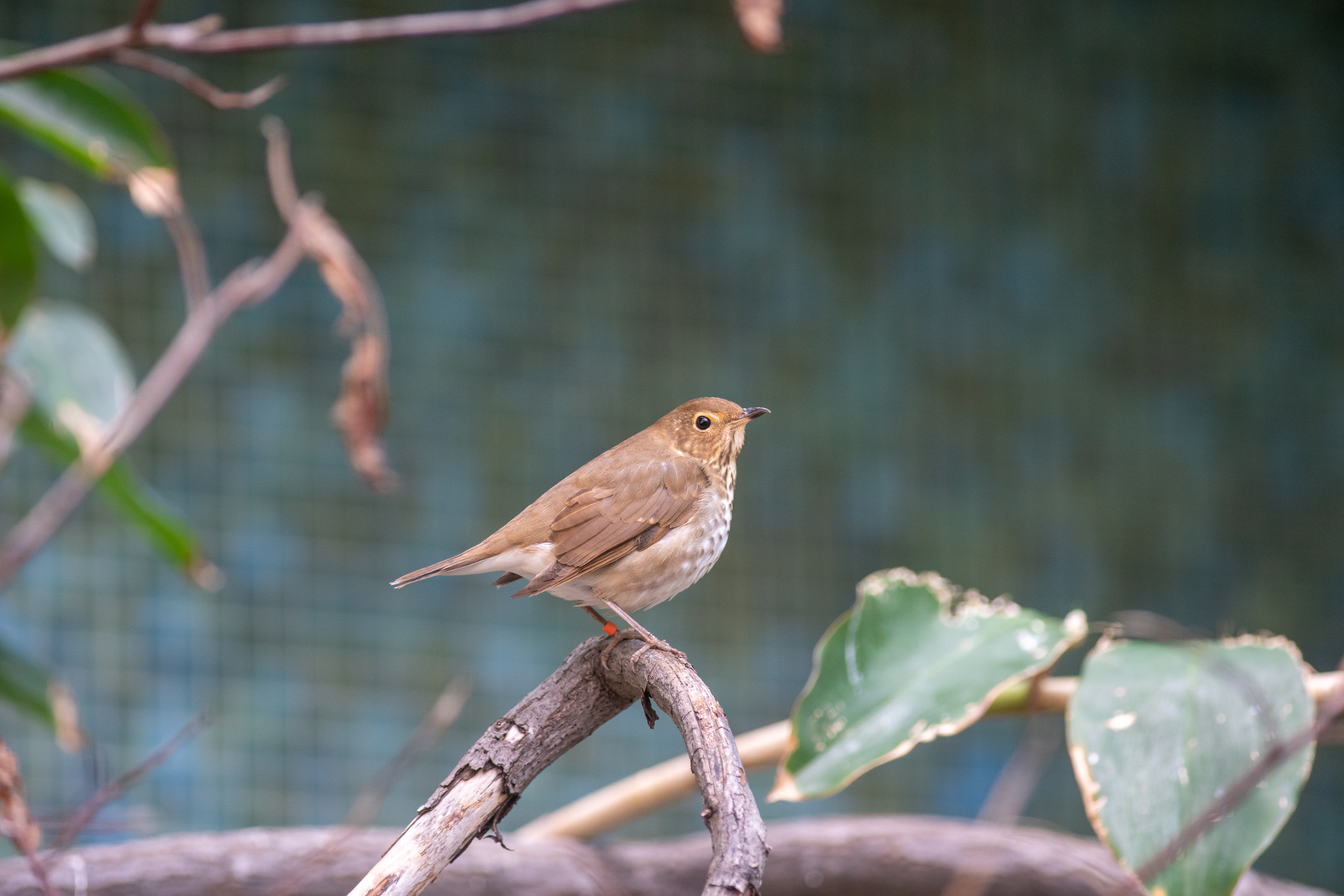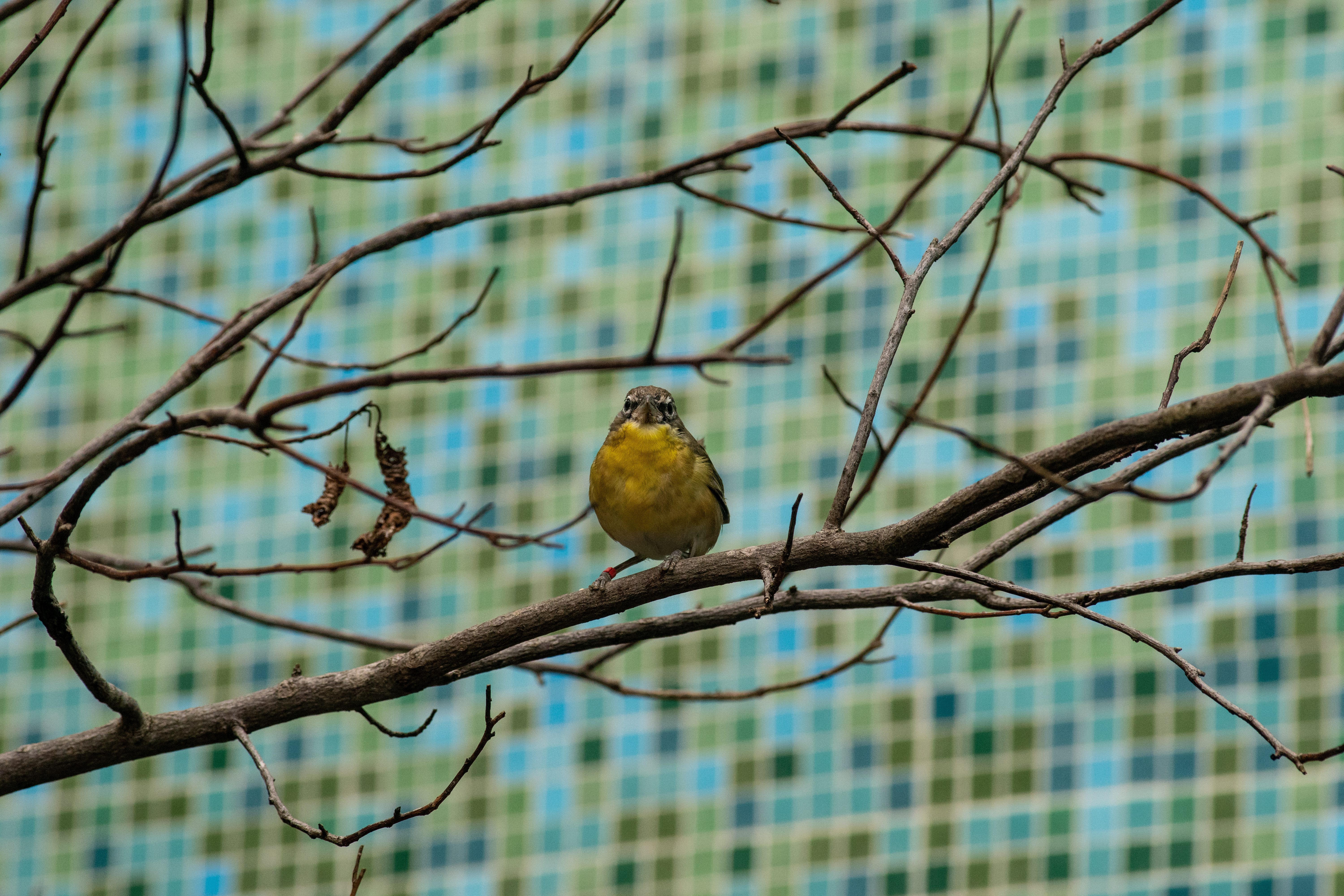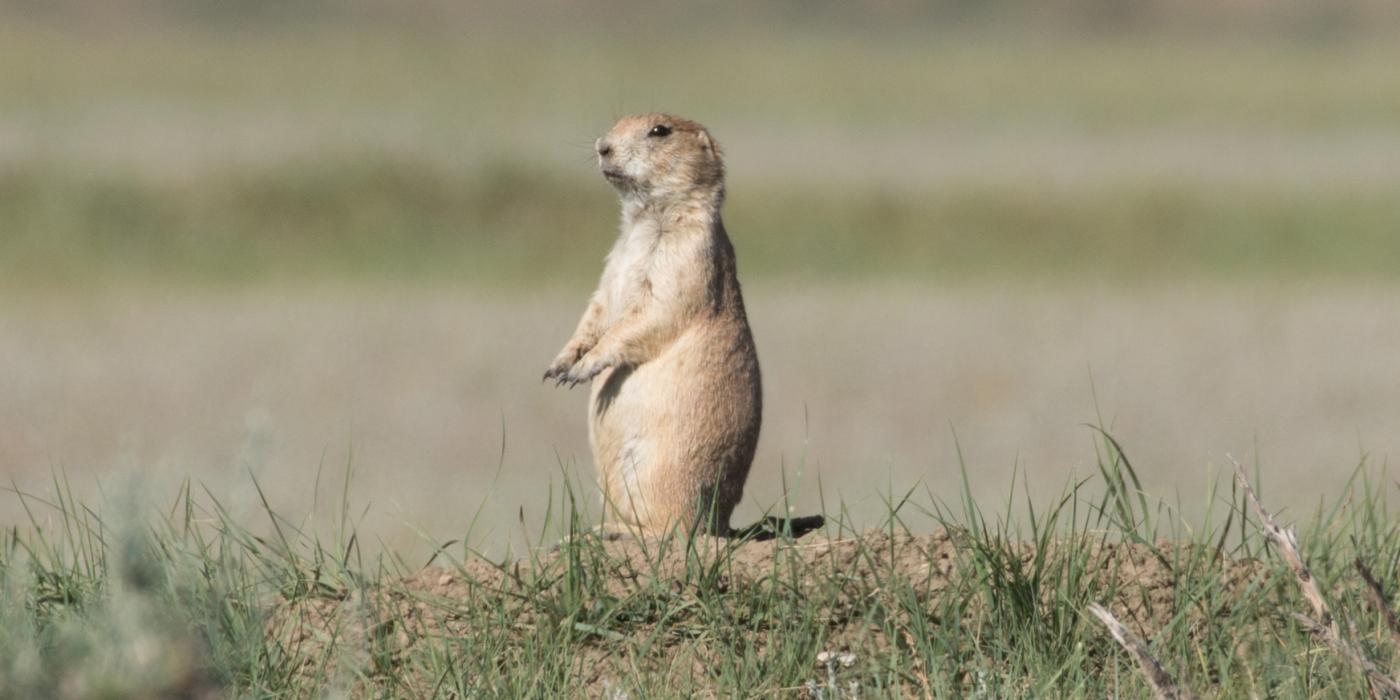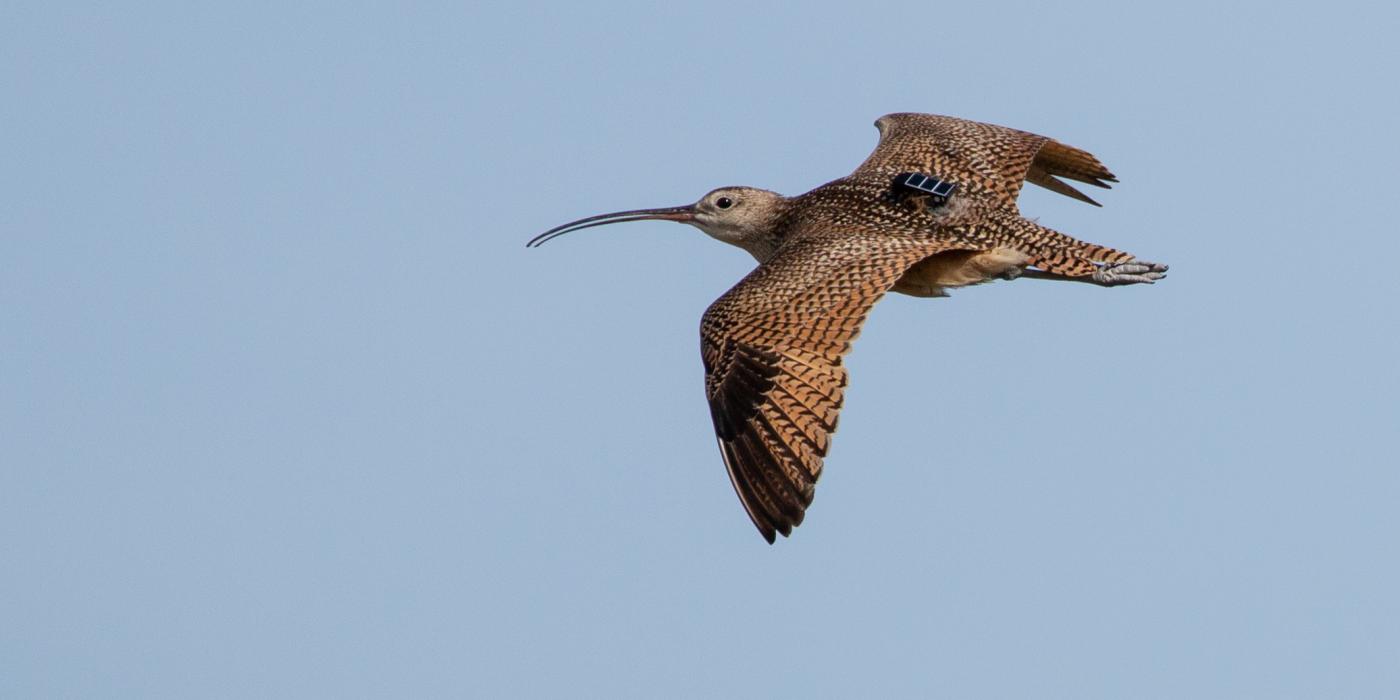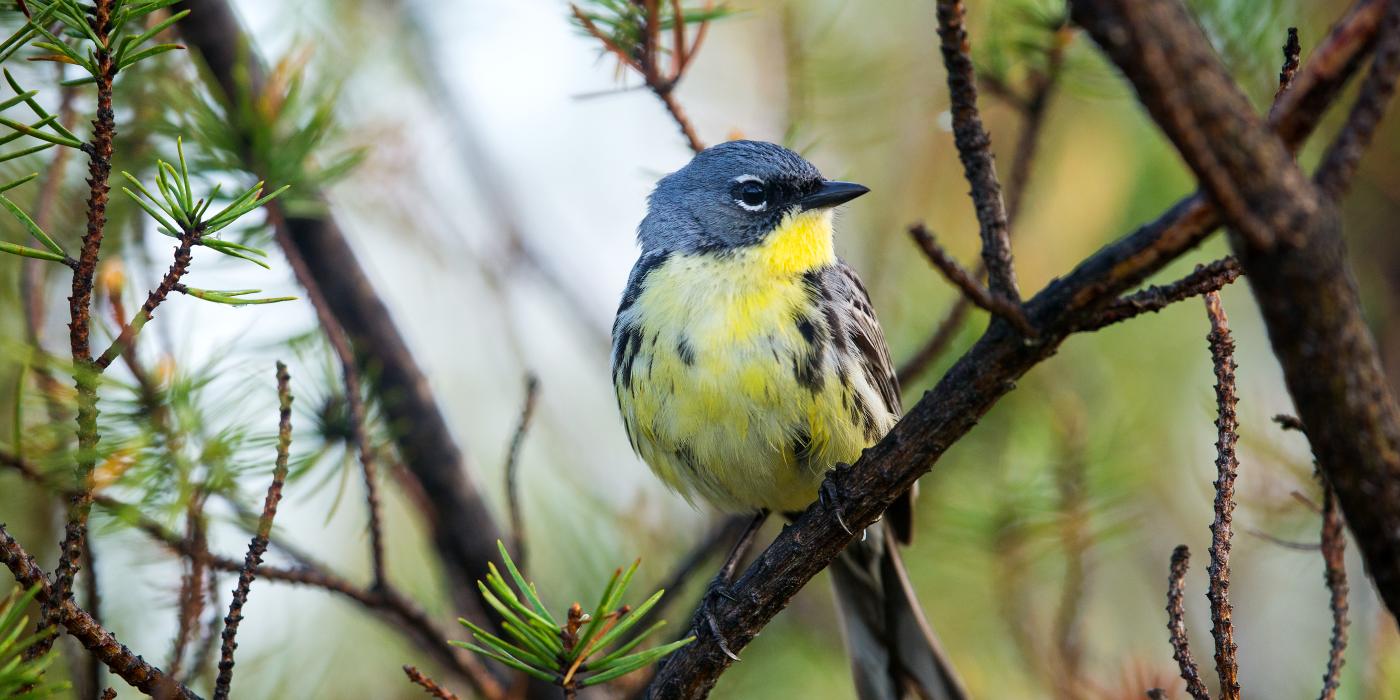Bird House Team Wins Plume Award
Three chirps for our Bird House team! In recognition of their efforts to breed and care for North American songbirds, they received a Plume Award from the Association of Zoos and Aquariums’ Avian Scientific Advisory Group. The honor—for “Significant Contribution to Zoo Aviculture”—was bestowed jointly on Smithsonian’s National Zoo and Conservation Biology Institute, Akron Zoo and the Columbus Zoo and Aquarium. All three facilities are dedicated to saving native and migratory songbirds and have made substantial contributions to conservation.
Collectively, our teams successfully bred more than 20 species of songbirds, six of which were the first ever to hatch in human care! Of the 15 species bred at our Bird House, five of them were “global firsts,” including orchard orioles, black-and-white warblers, ovenbirds, Swainson’s thrush and yellow-breasted chats.
Why did we take these birds under our wing? Simply put, they need our help. More than one-third of North America’s birds are at risk of going extinct unless we take significant conservation action. We are proactively studying the birds’ biology, behavior, nutrition and ecology, exchanging knowledge along the way Collaborations have helped us crack the code on caring for songbirds—everything from determining diets and feeding strategies to designing enriching habitats that help wild-caught and rehabilitated birds acclimate into human care.
Even small changes can make your home and lifestyle better for birds—and our planet! You can help songbirds with 7 simple actions:
1. Turn lights out and treat windows to keep birds safe.
2. Keep cats indoors.
3. Plant native plants to shelter and nourish birds.
4. Avoid pesticides.
5. Choose Bird Friendly food products—like coffee and cocoa—to protect disappearing habitats.
6. Avoid single-use plastics.
7. Share your sightings on eBird.
Related Species:

